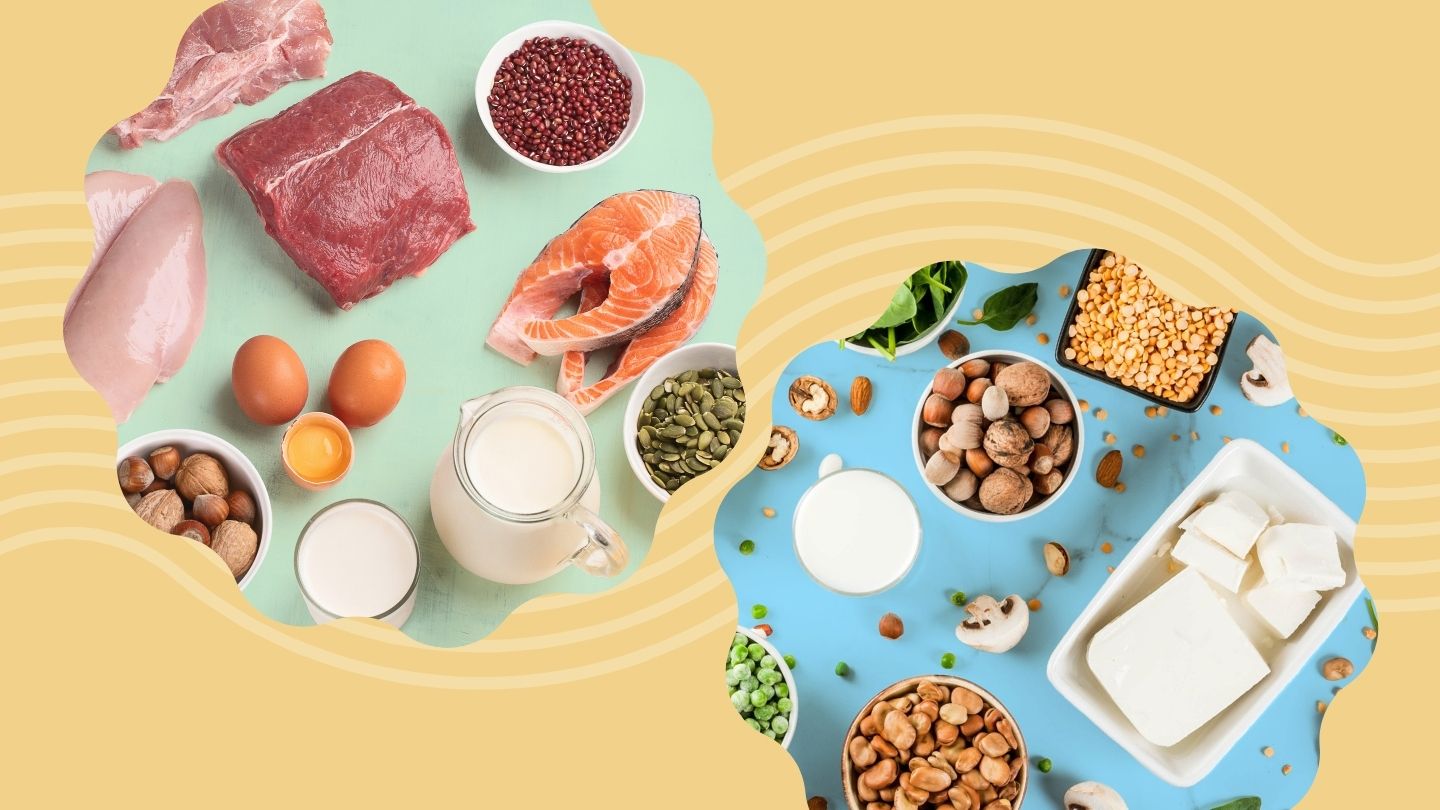Healthier protein sources can support both your weight loss goals and your long-term health.
You can also opt for protein sources with health-boosting benefits. These include fish that are high in omega-3 fatty acids, such as tuna, sardines, and salmon, and legumes, which are packed with fiber.
“Protein sources can be plant-based, like whole grains, beans, legumes, nuts, and seeds, or animal-based, such as eggs, dairy, fish, poultry, and beef,” says Linsenmeyer. “Keep in mind that plant-based sources will also bring fiber to the table.”
If you’re considering how to add protein to each meal, Stefanski says to think outside the box: “A meal for breakfast that includes last night’s fish and vegetables is a good way to reduce both food waste and the added sugars often found in common breakfast options.”
For lunch and dinner, however, it can be fairly easy to get good sources of your daily recommended protein intake. “Start with an unbreaded source of protein such as fish, shrimp, or beans. Add at least 1 to 1.5 cups of a favorite nonstarchy vegetable. Nonstarchy vegetables include greens like salad or collards, broccoli, cauliflower, zucchini, or green beans. Keep starchy foods to about one fistful along with your vegetables and protein food,” Stefanski says. Starchy foods typically include things like breads, pasta, corn, and potatoes.
If you get hungry in between meals, there are some protein-rich snack options to consider too. Stefanski lists “small portions of nuts, cheese cubes, seeds, dips made from beans, low-sugar, high-protein yogurt, and cottage cheese” as some high-protein options.
Read the full article here




